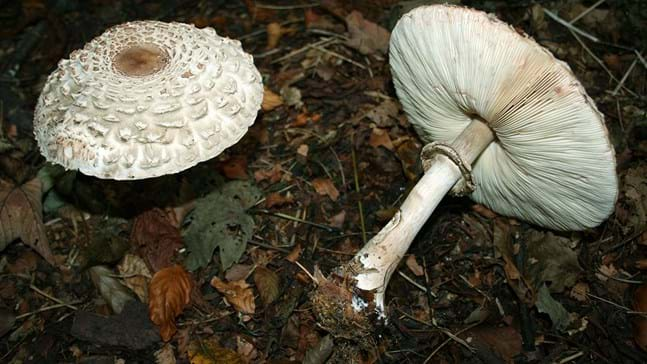
Credit: Sabena Jane Blackbird / Alamy Stock Photo
Where to find shaggy parasol
Shaggy parasol is common in the UK and Ireland, near woods and hedges. It is also found throughout Europe and North America.
Elegant and shabby-chic. Good to eat – unless you’re one of the one in 25 people whose stomach can’t tolerate it.
Common name: shaggy parasol
Scientific name: Chlorophyllum rhacodes
Family: Agaricaceae
Fruiting season: June to October
Habitat: woods and shrubs
A large, stocky mushroom with a convex cap when mature. The cap’s surface has raised brown scales, giving it a shaggy look, further enhanced by the shaggy edge to the rim. The caps range from 5–15cm across and the mushroom can achieve an overall height of 20cm.
Cap: egg-shaped and chestnut-brown at first, then opens, becoming convex with the outer skin breaking up into shaggy brown scales on a cream background.
Gills/spores: underneath the cap the gills are soft, free, crowded and creamy-white, bruising red. Turns pale tan as it matures. Spores range from round to elliptical and sometimes pear-shaped and the spore print is pale cream or white.
Stipe (stalk): white to pale pink/brown, very bulbous at the base and has a double ring that can become detached and be moved up and down the stem. Diameter between 1.8 and 2.4cm.
Not to be confused with: the prince (Agaricus augustus) which is almost identical but has dark brown or purplish-brown spores compared to the shaggy parasol’s pale cream spores. Also similar to the parasol mushroom (Macrolepiota procera) which has a brown and white pattern on the stem similar to snakeskin, and smaller scales.

Credit: Sabena Jane Blackbird / Alamy Stock Photo
Shaggy parasol is common in the UK and Ireland, near woods and hedges. It is also found throughout Europe and North America.
The scientific name for shaggy parasol was Lepiota rhacodes, then Macrolepiota rhacodes, but recent DNA studies have moved it into the genus Chlorophyllum (which previously contained only green-spored species).
The shaggy parasol’s habit of growing in rings, known as fairy rings, has long been part of European folklore. Some believe the rings symbolised a place where fairies, pixies or elves danced in the woods. Others believe that they were a portal between the fairy world and the human world. Most cultures considered them dangerous places for humans. Many myths warned that anyone entering a fairy ring was likely to die young and would either become invisible to the mortal world, unable to escape the ring, or be transported to the fairy world.
The rings are actually a natural phenomenon resulting from the way the mycelium underground grows. Starting at a single point it grows outwards in a circular motion, searching for more nutrients. Over time, the circle of fruiting bodies above ground will appear in an ever widening circle, reflecting the mycelium beneath pushing ever outwards.

Credit: Andrew Darrington / Alamy Stock Photo
Shaggy parasol is edible - but only when cooked, and even then can cause stomach upsets in around one in 25 people. It smells sweetly aromatic.
The name ‘rhacodes’ comes from the Greek word rhakos, which means a piece of cloth or rag.

Helen Keating • 31 Aug 2017
Mushrooms (or toadstools) is a term given to the fleshy, spore-bearing fruiting bodies that certain fungi produce. Here are nine common mushrooms that you may come across.
Start identifying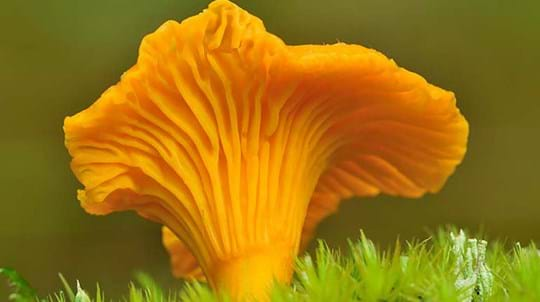
Trees woods and wildlife
A dazzling array of shapes, sizes and colours. Find out about fungi and lichens, from ancient taboos to magic and medicine.
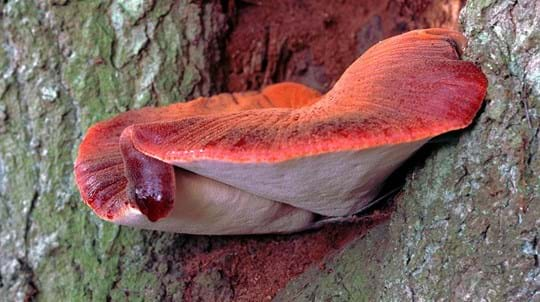
Blog
Helen Keating • 29 Oct 2018
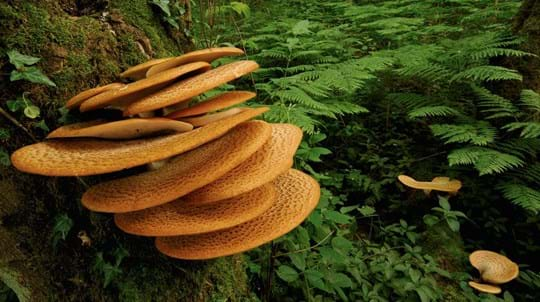
Blog
Amy Lewis • 21 Oct 2021
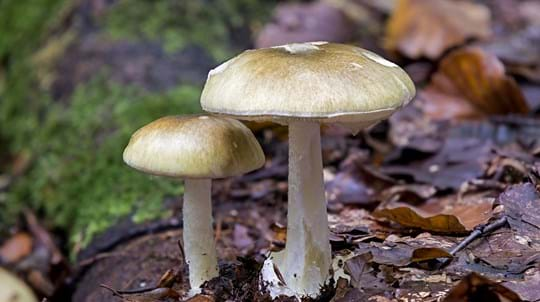
Blog
Helen Keating • 27 Oct 2022
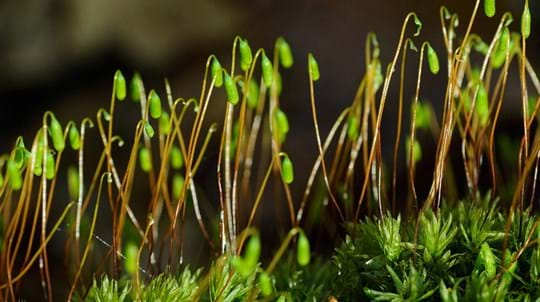
Trees woods and wildlife
Ancient and damp, mosses are part of a group of plants known as bryophytes. There are over 1,000 in the UK, and some have global significance.
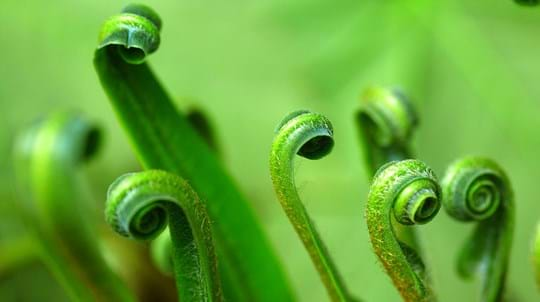
Trees woods and wildlife
Lush, ancient and primitive. Find out more about the UK's shade-tolerant woodland ferns.
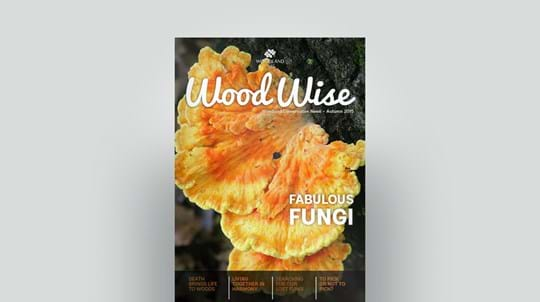
Journal
PDF (1.58 MB)
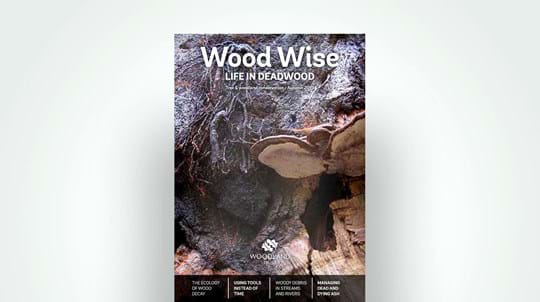
Journal
PDF (4.01 MB)